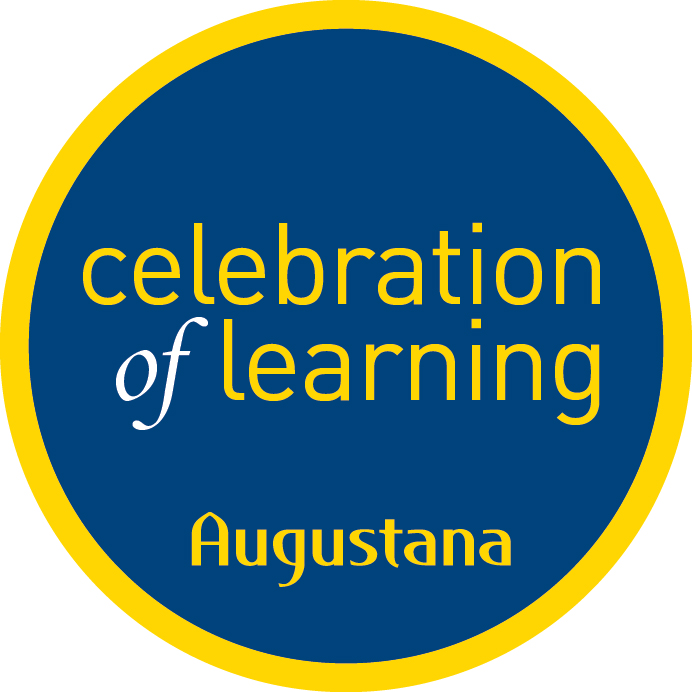Title (All Applicants)
Riding in Circles: Horse(wo)manship in the American Saddlebred Community
Project Advisor(s) (Students Only)
Dr. Adam Kaul, Dr. Carrie Hough
Presentation Type (All Applicants)
Oral Presentation
Disciplines (All Applicants)
Social and Cultural Anthropology
Description, Abstract, or Artist's Statement
Not many people know about the very small yet very dynamic sect of intense sport culture of the American Saddlebred show horse. Even those who do could always learn more, since, like any subculture, it constantly evolves and changes through time. This paper outlines the historical changes since the advent of Saddlebred showing with a focus on female involvement and feminist revolution. Gender has been an important but relatively unseen factor within the community itself—female participants today do not know the history of female involvement. But based on an emergence of women professionals and amateurs in the past 50 years, gender obviously has power in the training and showing aspects of the Saddlebred community. Until now, no one has taken the time to analyze the history or the current changes being made involving men and women equestrians. Stories, quotes, and memories from trainers, exhibitors, and archives alike were gathered and analyzed over a period of nine months. Viewing this data from a historical and feminist lens, the paper analyzes how being an equestrienne has changed over time, and how those who grew up in the horse industry completely changed the way the community worked. In doing so, they have helped pave the way for female equestrians two and three generations after.
Augustana Digital Commons Citation
Meyer, Brianna. "Riding in Circles: Horse(wo)manship in the American Saddlebred Community" (2017). Celebration of Learning.
https://digitalcommons.augustana.edu/celebrationoflearning/2017/presentations/5
Riding in Circles: Horse(wo)manship in the American Saddlebred Community
Not many people know about the very small yet very dynamic sect of intense sport culture of the American Saddlebred show horse. Even those who do could always learn more, since, like any subculture, it constantly evolves and changes through time. This paper outlines the historical changes since the advent of Saddlebred showing with a focus on female involvement and feminist revolution. Gender has been an important but relatively unseen factor within the community itself—female participants today do not know the history of female involvement. But based on an emergence of women professionals and amateurs in the past 50 years, gender obviously has power in the training and showing aspects of the Saddlebred community. Until now, no one has taken the time to analyze the history or the current changes being made involving men and women equestrians. Stories, quotes, and memories from trainers, exhibitors, and archives alike were gathered and analyzed over a period of nine months. Viewing this data from a historical and feminist lens, the paper analyzes how being an equestrienne has changed over time, and how those who grew up in the horse industry completely changed the way the community worked. In doing so, they have helped pave the way for female equestrians two and three generations after.

Comments
Ability to present a powerpoint presentation.